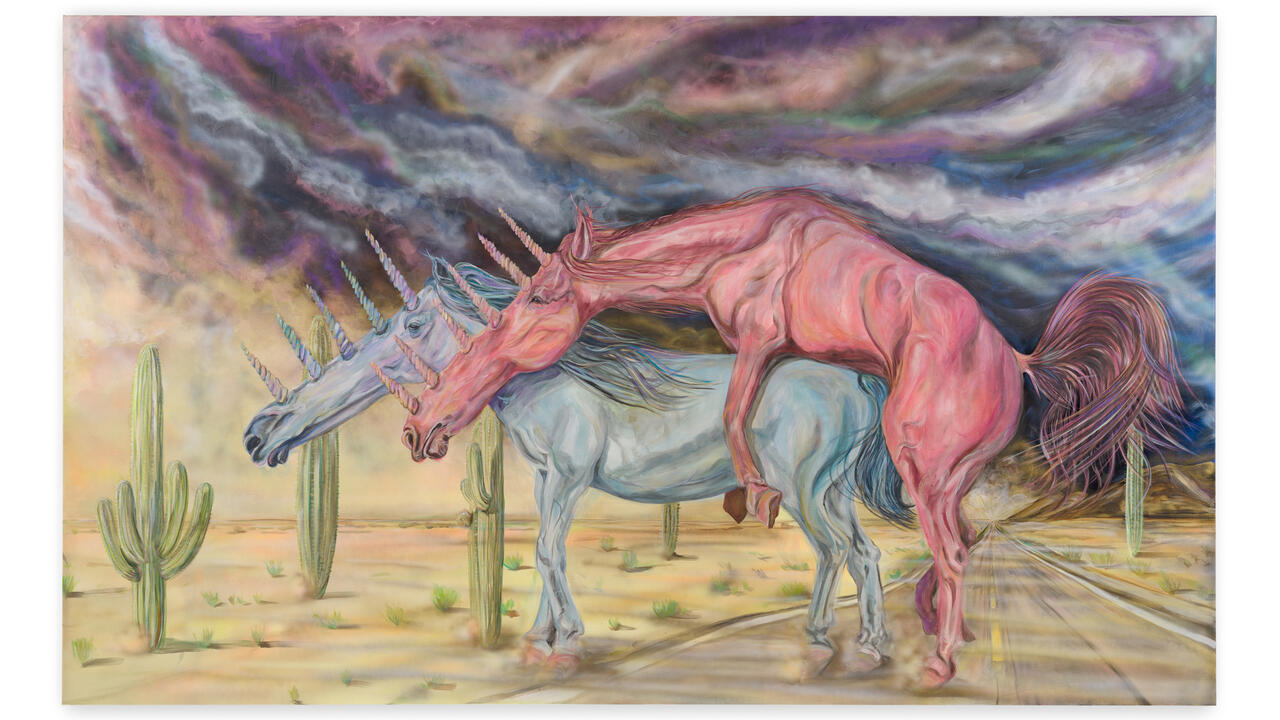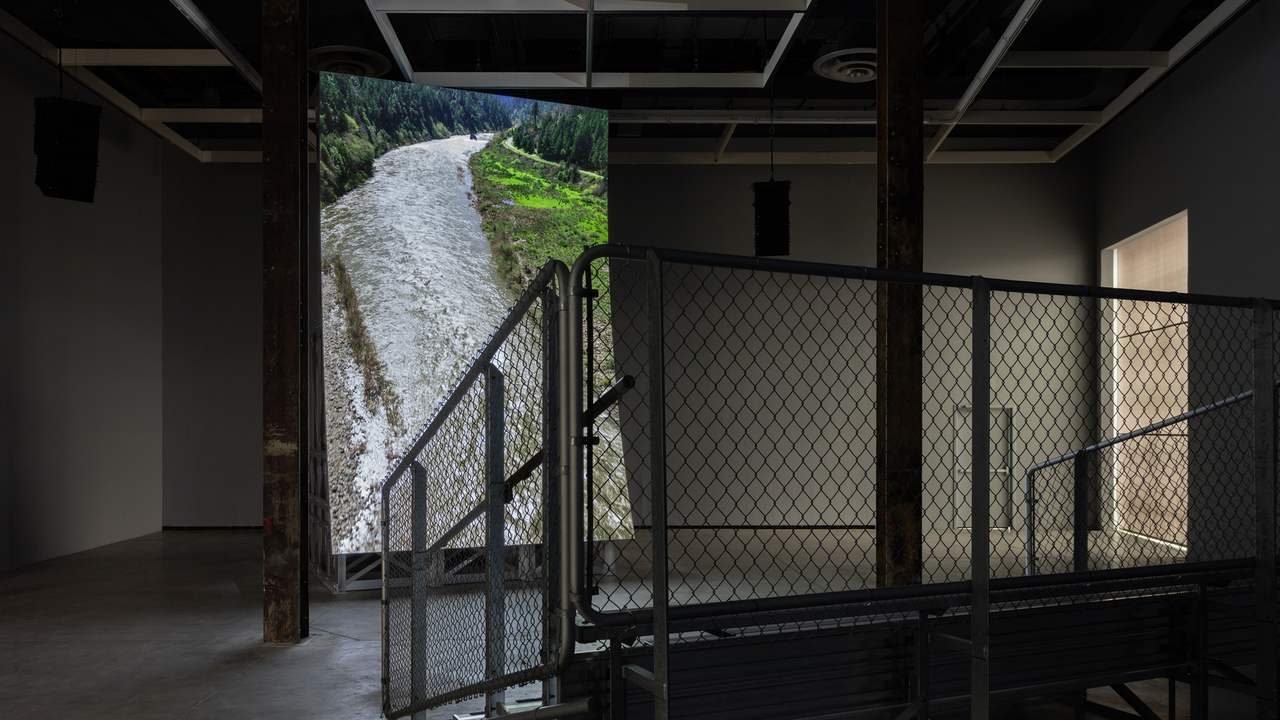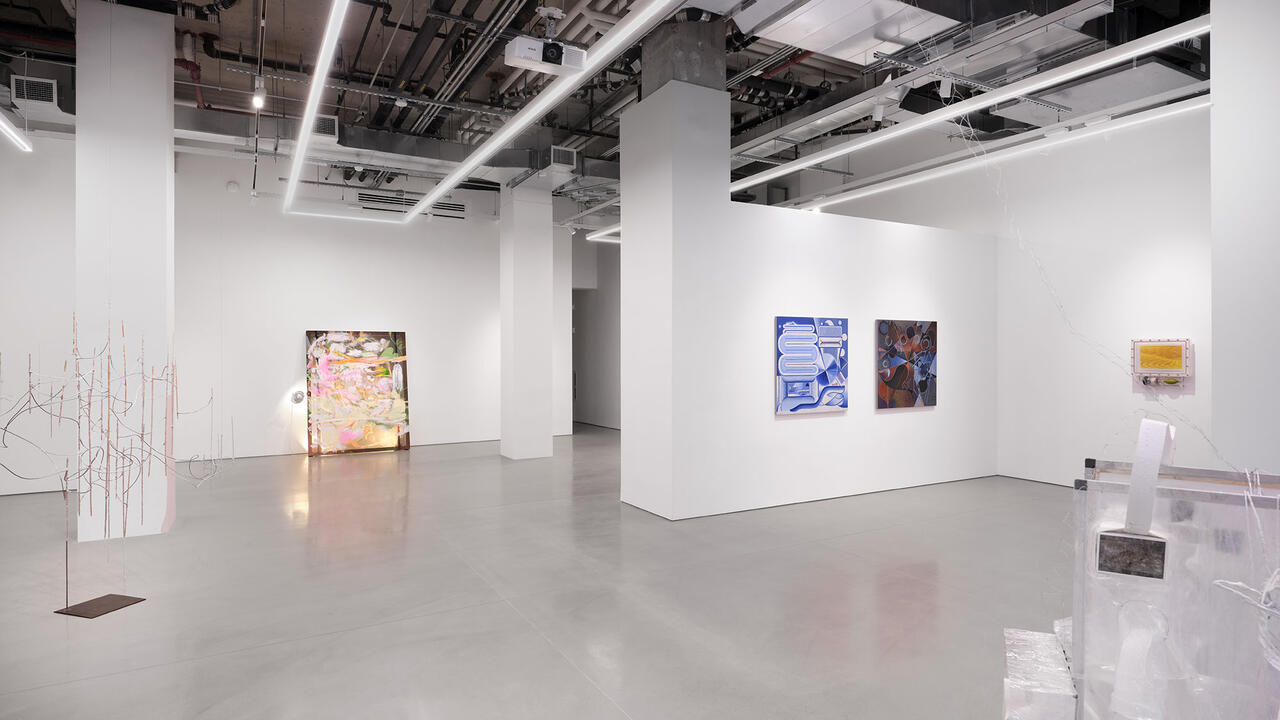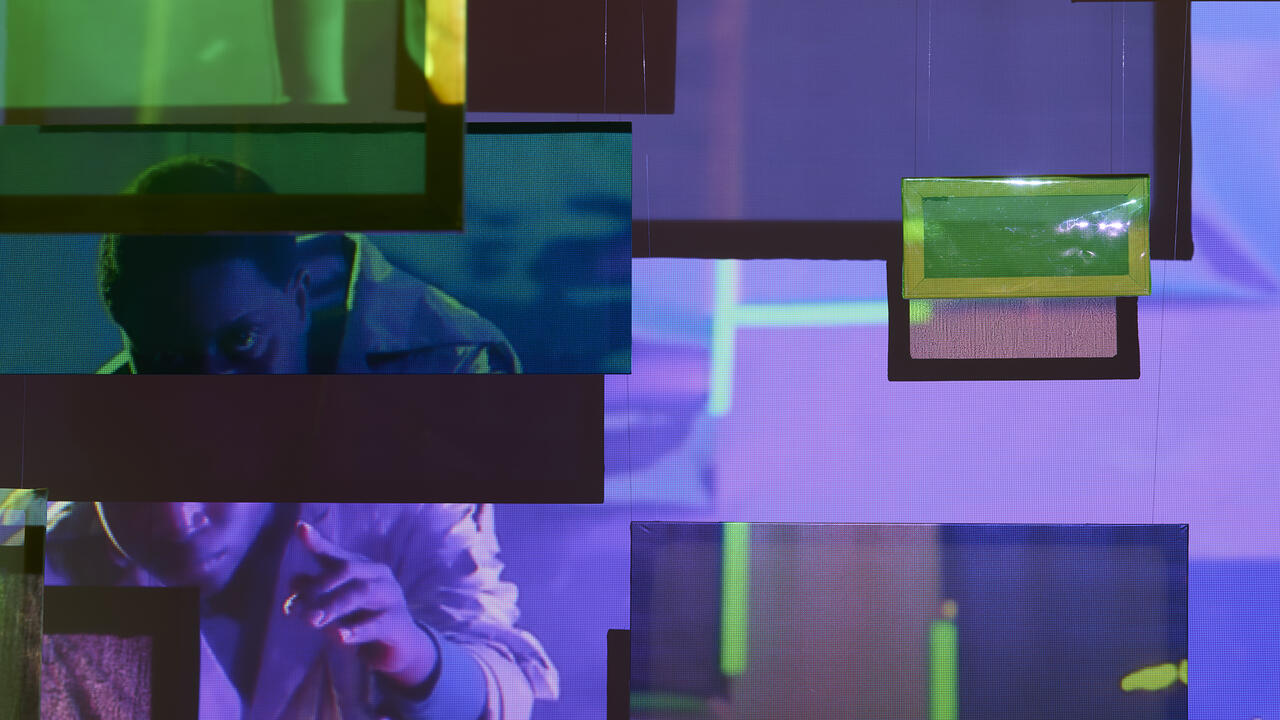Eiko Otake Finds Renewal in Death
The artist’s new installation at Green-Wood Cemetery in New York explores loss, death and rebirth through motherhood
The artist’s new installation at Green-Wood Cemetery in New York explores loss, death and rebirth through motherhood

Time seems to accumulate indefinitely in the works of dancer and choreographer Eiko Otake. For nearly 50 years, Eiko – she goes by her first name – has addressed the imprinting of death and trauma on the body through collective memory, often with longtime collaborator Takashi Koma Otake. Her explorations of loss have included practicing her own death, talking with the dead and moving through sites of remembrance with actions that evoke the slow intensity of butoh (Japanese dance theatre) and the emotional urgency of a funeral.

In September 2020, at Green-Wood Cemetery in Brooklyn, Eiko performed A Body in a Cemetery – the latest in her series ‘A Body in Places’ (2014–ongoing), which involves honouring the dead at sites ranging from irradiated Fukushima to Fulton Street in Lower Manhattan. She danced through the cemetery carrying water, dirt, her late mother’s red kimono and, especially, the collective weight of isolation, illness and accumulating death at the height of the pandemic. Eiko never uses an object only once: the kimono became a vessel for past performances and past lives as it travelled with her from Fukushima to Santiago to Brooklyn, holding the potential for intimacy and renewal amidst so much grief.
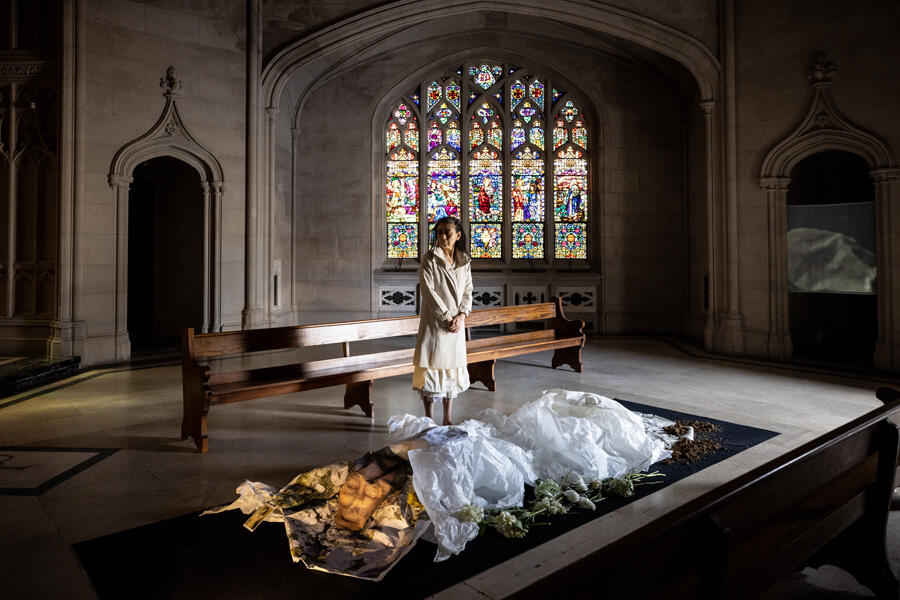
Eiko now returns to Green-Wood with Mother (2023), a site-specific installation that breathes new life into videos created in the aftermath of her mother’s death in 2019. In Elegies (2019), nestled within one of the alcoves of Green-Wood’s historic chapel, she faces the camera and tenderly speaks to her absent mother, tracing their union from her birth through the nearly 50 years that the two lived apart after Eiko left Japan at the age of 20. The process of one body becoming two involves the mother’s realization of her child’s independent needs. In the video, Eiko recalls or imagines her mother saying: ‘Eiko’s happiness is different from my happiness,’ while reflecting on her own feelings about being part of her mother despite being apart from her. ‘I will always be your daughter,’ she responds. What begins as a meditation on her mother’s ‘good death’ – at 93 years old, wearing her favourite kimono, holding her daughter’s hand – gives way to an exploration of the emotional complexities and contradictions of the mother-child relationship, including all the gratitude, regret, admiration and pain wrapped up in its shifting, caretaking dynamics.

Most striking about Mother is the way Eiko negotiates the quasi-eternity of the cemetery: time is both ever-present and evasive. The exhibition is scored to the chapel’s periodic chiming of bells so that her eulogy exists in an infinite loop – birth, death and rebirth in a reciprocal cycle, each as normalized as the next. As Eiko reflects in the exhibition’s press release: ‘From their own birth, mothers contain all the eggs that they will ever have in life. We have been formed from unmeasurable time.’

This idea comes across best in the video With Mother in Twilight (2019), in which Eiko performs a spare, silent dance with a printed portrait of her mother in the casket. Her liveness contrasts with the new sculptural work below it, where the same portrait lies on a bed of plastic tarp, piles of dirt and wilted flowers as both the afterlife of a performance and a body in repose, rid of materiality and returned to nature. The only sound is the gentle crumbling of paper as she wraps the portrait around her body and waves it in the wind. You wonder if the green and purple light filtering in through the chapel’s stained-glass windows is part of the choreography, before a bell chimes and Eiko begins all over again: ‘Mom, at the age of 93, you gradually stopped eating and died without any medical intervention. A good death.’
Eiko Otake, ‘Mother’, is on view at Green-Wood Cemetery, New York, until 7 May
Eiko Otake, ‘Mother’, 2023, installation view. Courtesy: the artist; photograph: Maria Baranova










